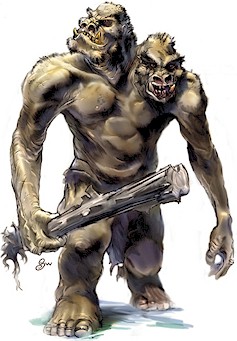On the morning of Orientation for
the University of Iowa, I stood, along with hundreds of other students in line
waiting for my Welcome Packet. When I
reached the front of the line, instead of handing me my packet, the girl behind
the counter said, “Oh, my goodness, you have to come with me Riiight Now!” Confused, I followed. She led me over to a table labeled “Multi
Cultural and Diversity Center”. There,
the girl handed my packet to a woman and left.
“Welcome, you must be Melissa Holland,” the new woman said. “We just wanted to make sure that you were
aware of all the opportunities offered to students like yourself here at the
University of Iowa.” She paused to open
my packet and pull out a piece of paper with a map on it. “This is where the Diversity Center is
located. It is very important that you
come visit us today. We offer many
programs including a range of tutoring opportunities that are tuned to your
needs.” She then placed a gold star
sticker over the Diversity Center, smiled and handed me my packet.
Later that day, as I was forced into a cramped
room where we were told to “fill out our schedule”, the graduate student
assigned to help us came over and stood behind me as I filled in my scantron
circles. She leaned over and softly spoke,
as if no one else could hear, ”If you need any help, just let me know.” She then smiled and continued to stand behind
me leaning up against the wall.
Hours later, my day was almost
over. All that was left, was for me to
have a meeting with the head of the English department and have my schedule
approved. I had spent about two weeks researching professors and designing a
schedule, so I felt prepared. However, I
hadn’t prepared for the meeting at all.
As soon as I walked in, I was handed a list of recommended classes. Of the classes that were offered 75 percent
of them began with the words African American.
The rest included Native American Studies, Cubancentric, Jazz ect. You get the picture. The woman behind the desk looked over my
schedule and then looked at me. “You
know, there is a poetry class similar to the one on your schedule taught by
this wonderful teacher who just joined us.
She is African American and very intelligent and exciting.” I told her I did not wish to change. She then leaned closer and said, “You know,
many professors enjoy having students like you in class.” Like what, I asked her. “ You know,
with your type of experience.”
Oh, you must mean my experience of taking care of myself for the last
eight years, or my extensive travel experience, or that I am an Iowa City
Native. I said and left the room.
What do all of these experiences
have in common? Stigmatization. Even though people don’t see stigmatization
as racism because it is not directly linked to hatred, aversion, or even distrust,
stigmatism can affect societal behavior towards people. The stigmatization was that because I present
as African American, I must need tutoring, help filling things out, and that my
interests lie more firmly in African American or minority history, literature,
and culture. Jews, are another group of
people who have endured vast stigmatization.
In the Middle Ages, the stigmas were all negative. It was thought that Jews were more likely to
steal, lie, commit murder, submit to the Devil’s seduction, and were
unclean. Some of these stigmas prevail today,
and have grown throughout time. For
instance, most people think that if you are Jewish, then you must come from
money, are Anti-American, and will cheat you if they can. Throwing off stigmas such as these are very
difficult to do. More than anything it requires large groups of
people refusing to acknowledge stigmas and to start looking at each person as
an individual instead of a representative as a whole. Unfortunately, my experience is not
singular. While the University may have
thought they were reaching out to me as a student, they ended up isolating me
from the get go, making me feel different from the other students who were
standing in line, and making me feel uneasy about the University’s view of
students of color or otherwise.














